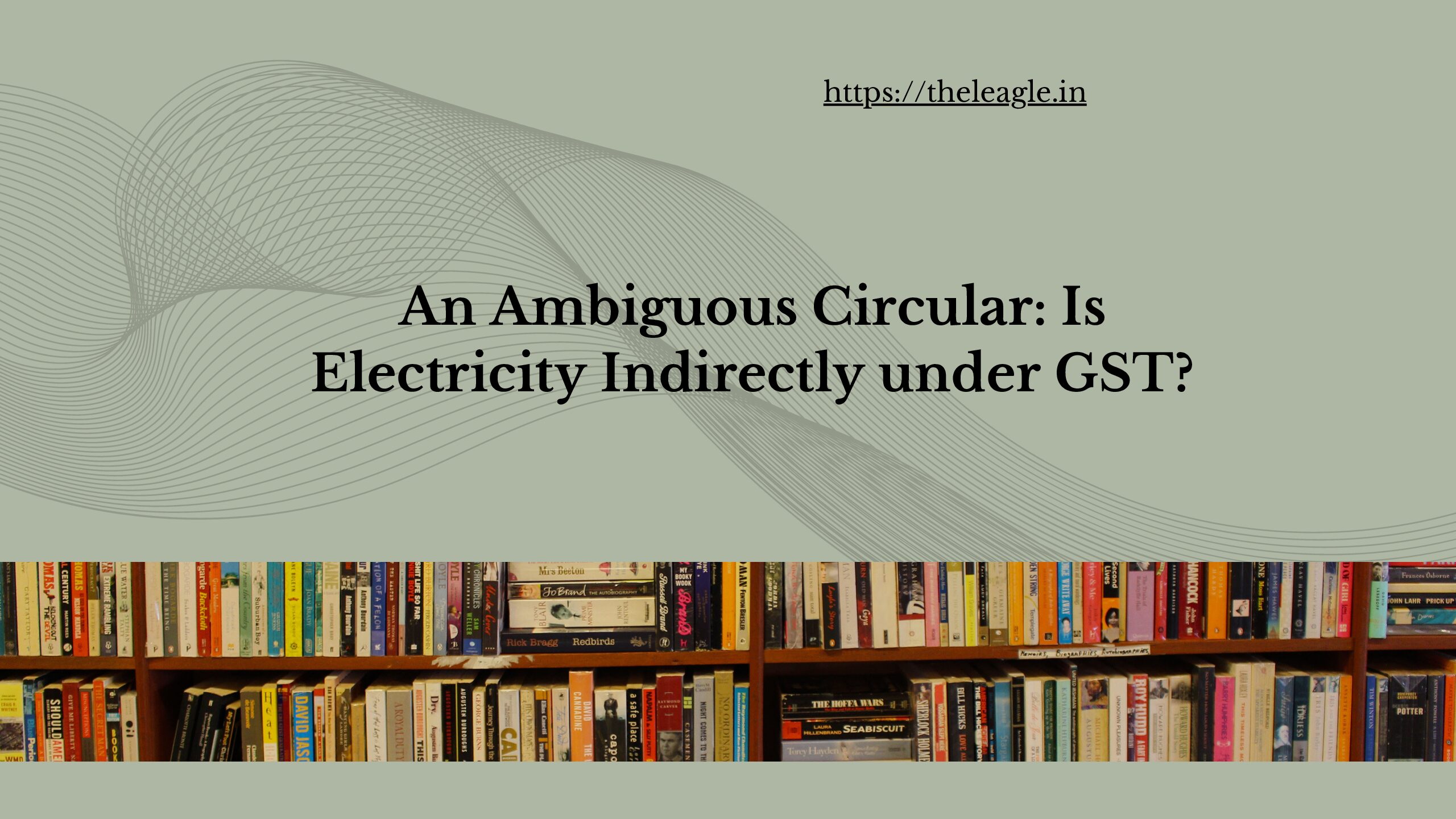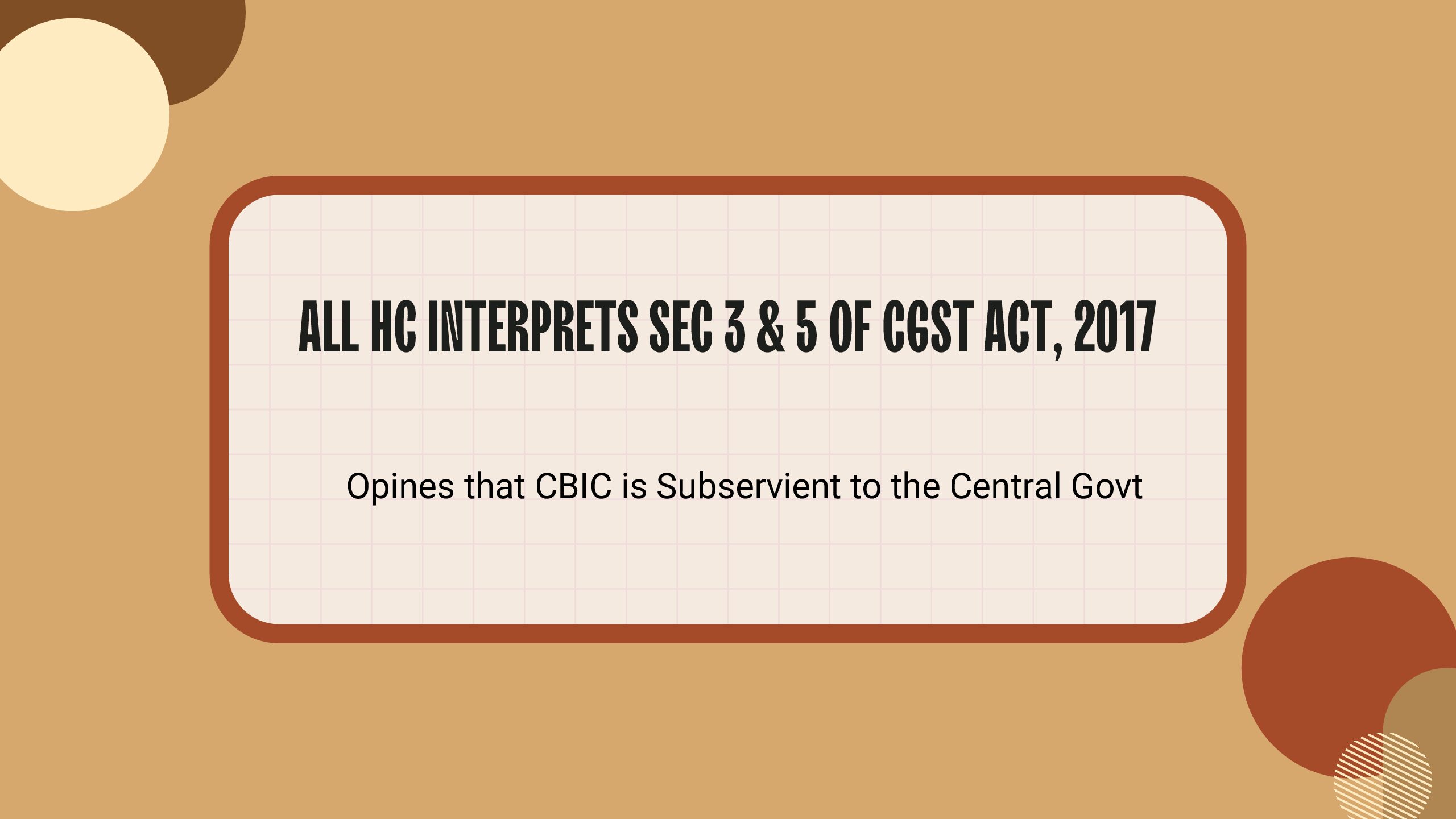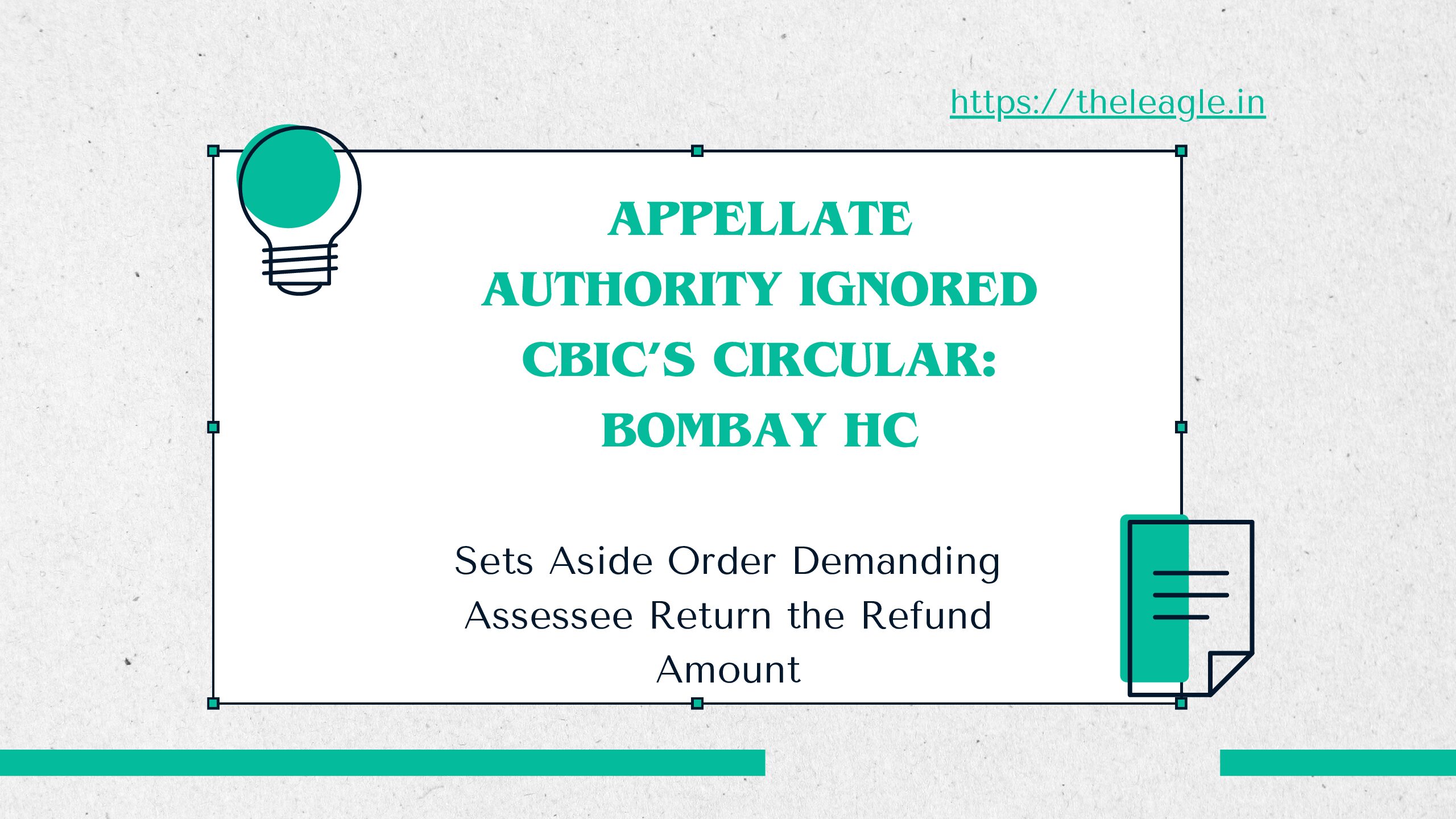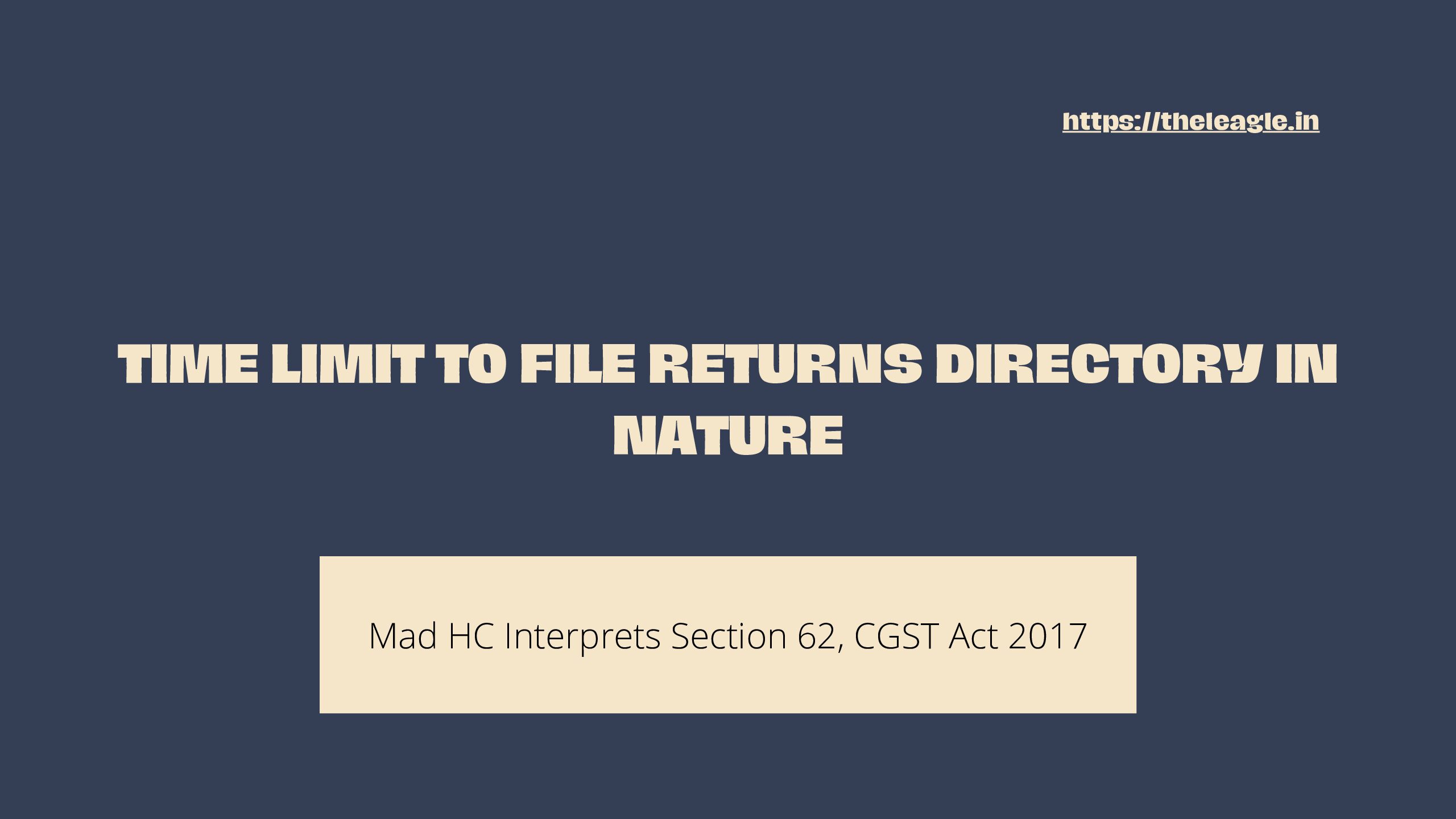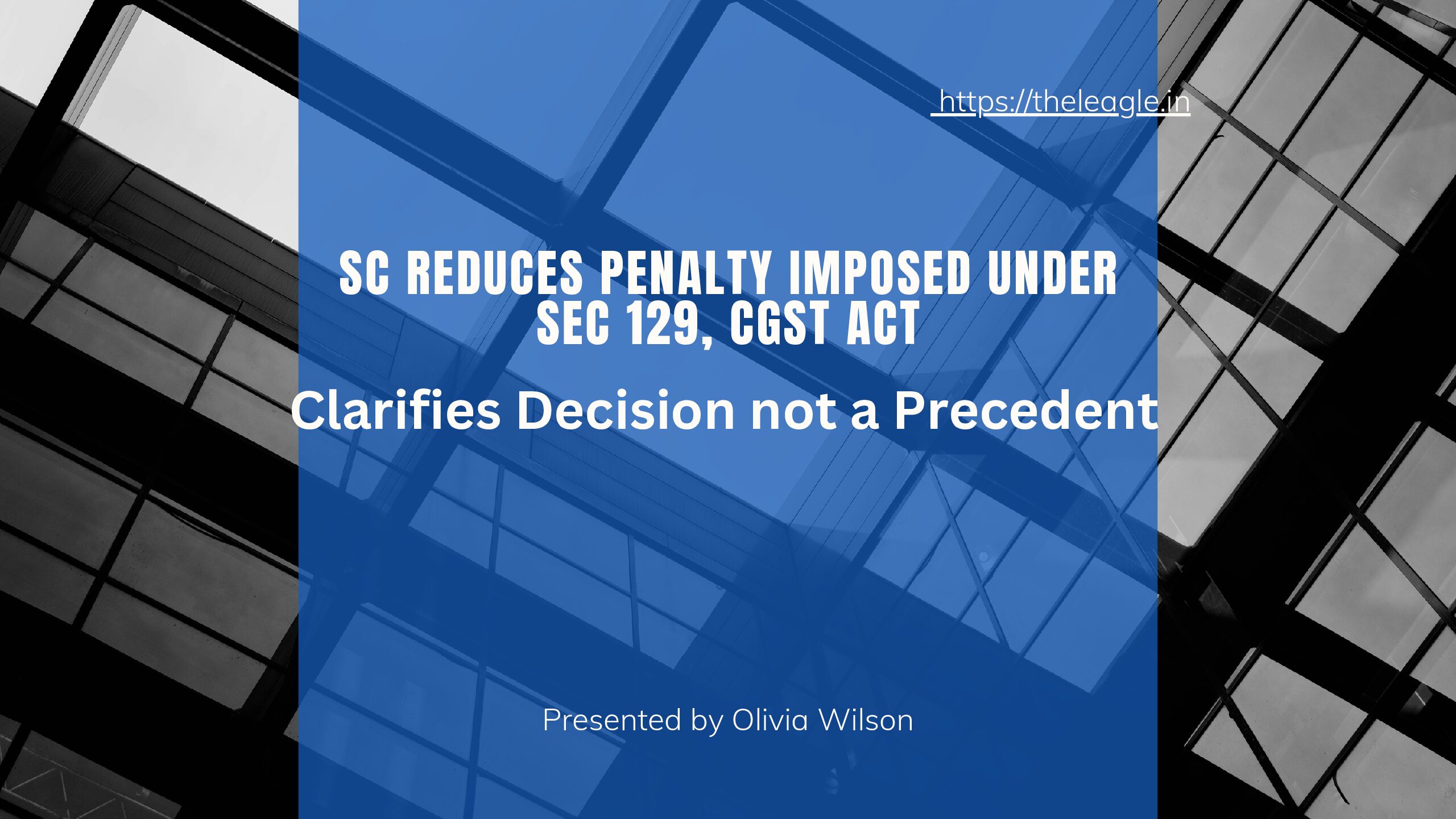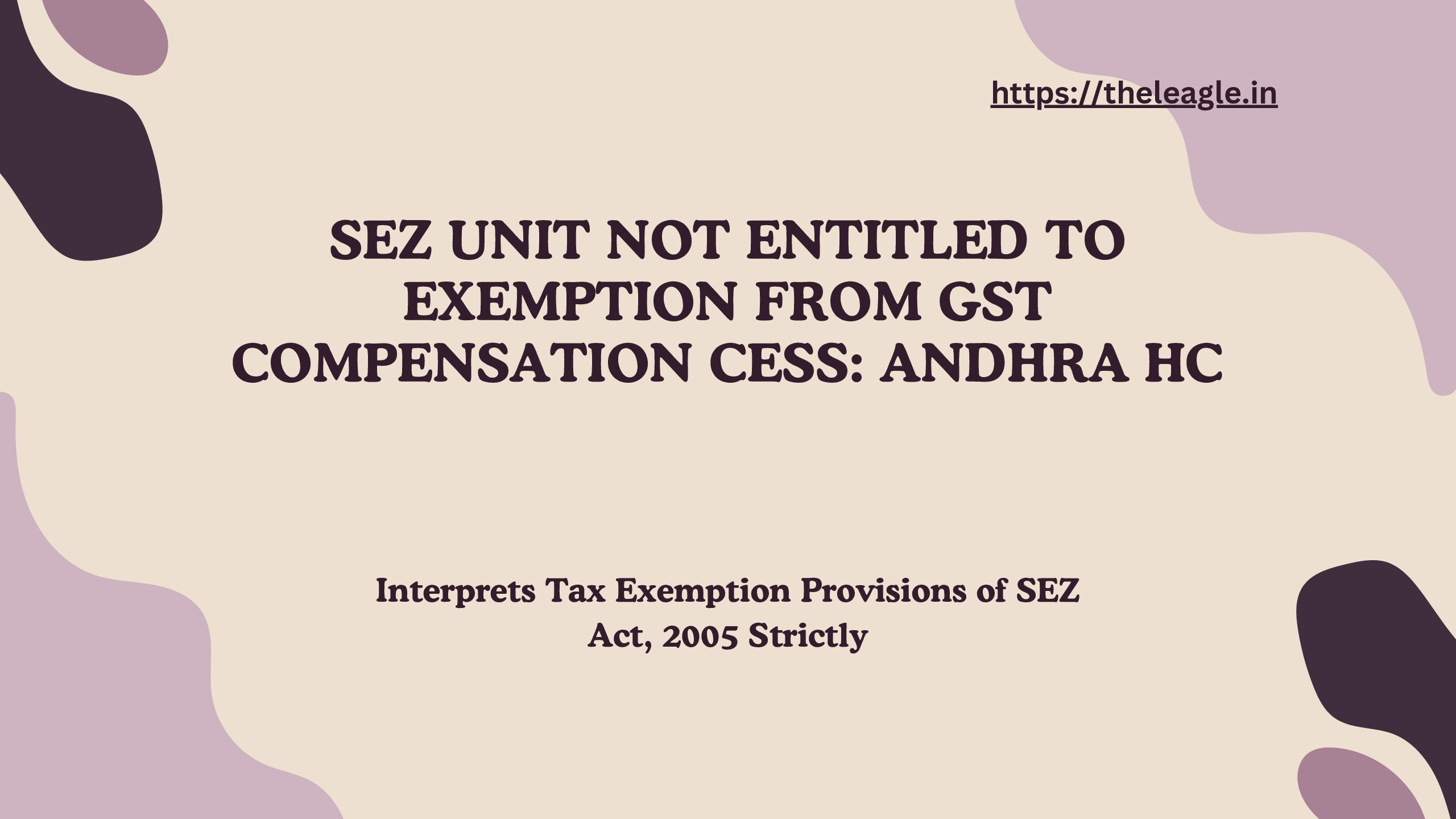The Kerala High Court recently[1] dismissed a taxpayer’s challenge that Section 16(2)(c) and Rule 36(4) of CGST Rules, 2017 were violative of Article 14 and unconstitutional. The High Court ruled that the taxpayer’s challenge was vague, and the impugned provisions did not suffer from the vice of manifest arbitrariness and were not unconstitutional.
Facts
The brief facts of the case are: taxpayer was denied ITC under the CGST and SGST Acts on the ground of difference in GSTR 2A and GSTR 3B returns. The Assessing authority levied interest, penalty, and initiated recovery proceedings against the taxpayer. The taxpayer challenged the assessment order and the constitutional validity of Section 16(2)(c) and Rule 36(4).
Section 16(2)(c) states that no registered person shall be entitled to ITC in respect of any supply of goods or services unless the tax charged in respect of such supply has been actually paid to the Government either in cash or through utilization of ITC admissible in respect of such supply. Rule 36(4) states that ITC to be availed by a registered person in respect of invoices or debit notes the details of which have not been furnished by suppliers in GSTR-1 shall not exceed 5% of eligible ITC available in respect of invoices or debit notes the details of which have been furnished by the suppliers.
Since the judgment didn’t mention in detail the arguments of the parties, it is difficult to decipher the exact ground on which the constitutional challenge was made by the taxpayer. One can only glean the arguments from the Kerala High Court’s reasoning and its conclusion.
Decision
The Kerala High Court articulated four reasons to dismiss the taxpayer’s challenge.
First, the High Court noted that ‘it is settled’ that ITC is a benefit/concession and not a right extended to a dealer. And that ITC can only be claimed by a taxpayer as per the conditions prescribed in the statute. (para 5) And that the State in exercise of its rule making powers can provide additional conditions for availing the concession. This view aligns with recent decisions wherein ITC has been labelled as a concession thereby providing the State ample, if not infinite space, to impose conditions on taxpayers before they can successfully claim ITC.
Second, the High Court relied on the doctrine of deference to tax statutes, encoded in Indian tax jurisprudence and is dutifully invoked by Courts without scrutinizing the merits of the doctrine. In the impugned case, the High Court noted there was need for judicial restraint before interfering with tax statutes unless the statute was manifestly unjust or glaringly unconstitutional. (para 10)
Third, the High Court rejected the taxpayer’s claims that Section 16(2)(c) and Rule 36(4) of CGST Rules, 2017 were violative of Article 14 on the ground that the argument was vague. The High Court further noted that neither did the provisions discriminate between the purchaser and seller nor were they manifestly arbitrary and were not contrary to Article 14.
Fourth, the High Court relied on the facts to observe that the taxpayer did not produce tax invoice as required by Section 16 despite various opportunities, nor did it appear for personal hearing and equally did not discharge the burden on a dealer as per Section 155, CGST Act, 2017. Section 155 states that where any person claims that he is eligible for ITC, the burden of proving such claim shall lie on such person. Since the taxpayer did not meet the prescribed conditions under Section 16 and did not provide the documents, the High Court was correct in holding that the taxpayer did not discharge the burden under Section 155.
Conclusion
The Kerala High Court’s decision is defensible and cogent when it invokes Section 155 and non-fulfilment of the conditions of Section 16. However, the High Court is on tricky ground when it claims that ‘it is settled’ ITC is a concession. Undoubtedly, some of recent decisions have taken a similar view, but it is ordinarily incumbent on a Court to acknowledge the divergent interpretations and that ITC has not always been interpreted to be a concession. Similarly, the invocation of doctrine of deference to tax statutes, while well-established, needs to be scrutinized as to its relevance if not its merits in constitutional challenges to tax statutes. Surely, there is room to suggest that the doctrine is not holy grail in all constitutional challenges to tax statutes. The High Court was remiss in not paying adequate attention to the aforementioned facets of the reasoning.
[1] Nahasshukoor v Asst Commr, Second Circle, SGST, Colletorate 2023:KER:69725.


